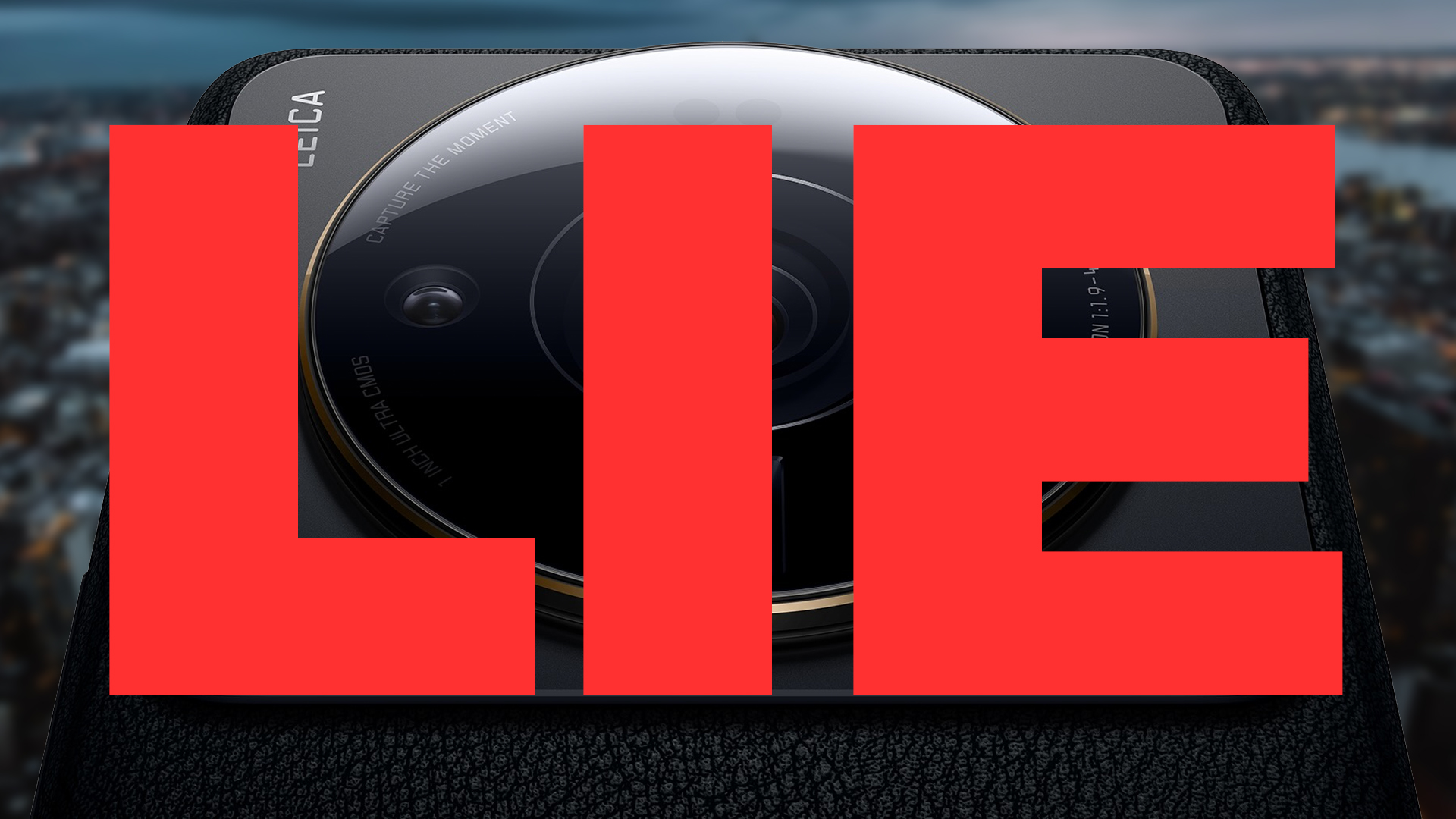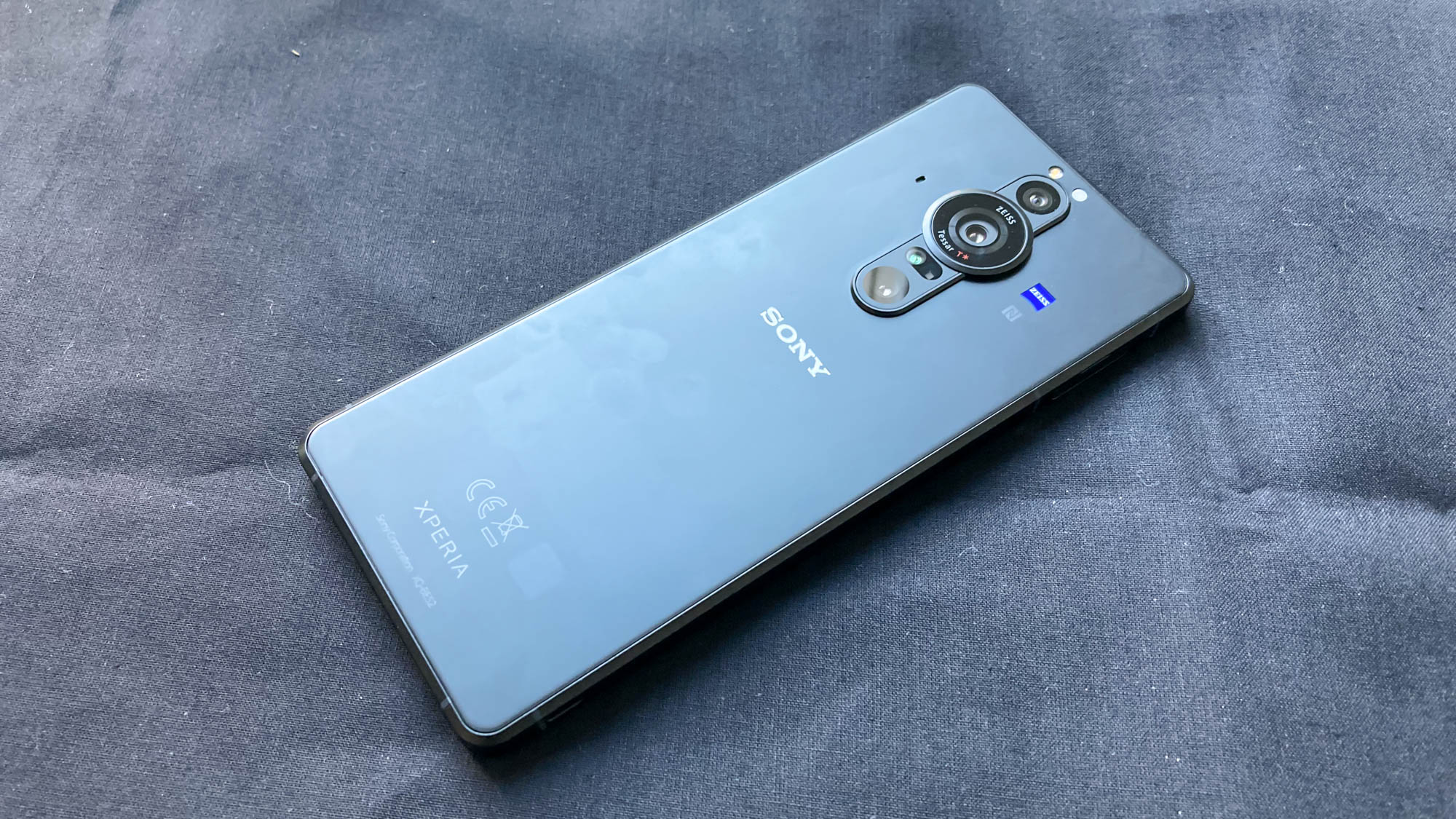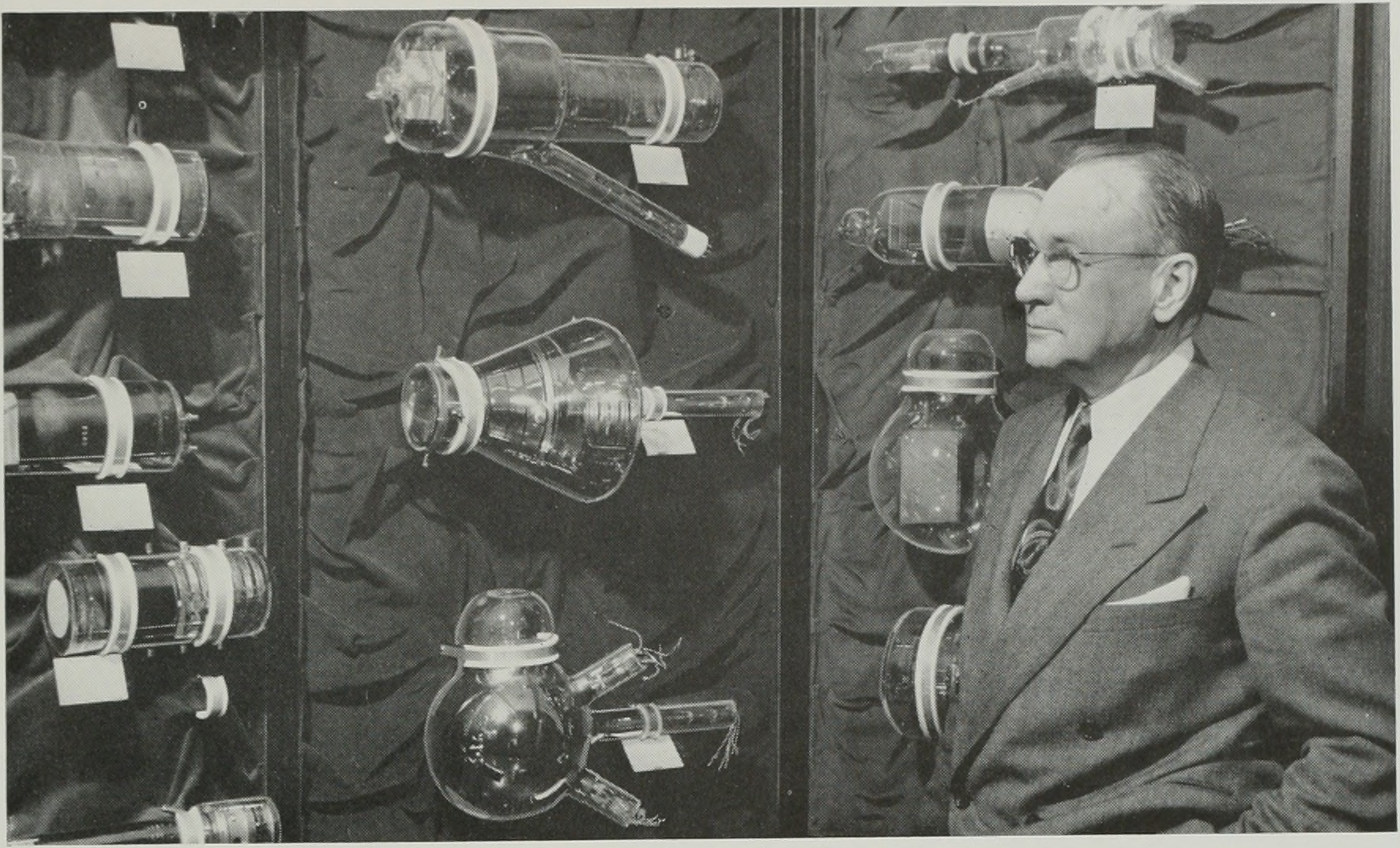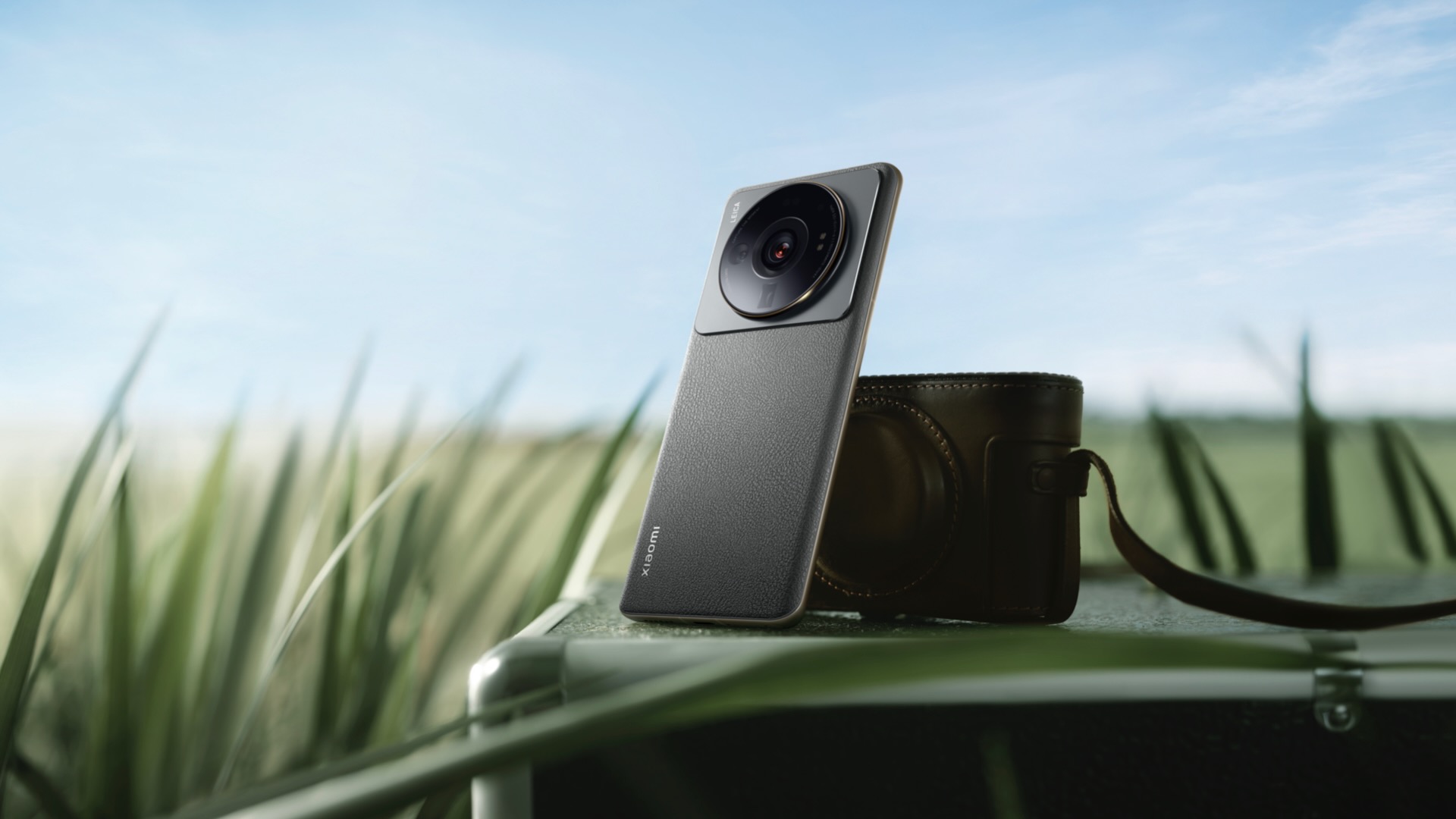The 1-inch camera sensor is a myth — how phone companies are lying to you
Don't believe everything you read about 1-inch camera sensors

Did you know that whenever a smartphone company brags about a 1-inch camera sensor, the sensor is not actually 1 inch? They are lying to you and can get away with it because of one peculiar loophole.
This trend all started with the Sony Xperia Pro-I and has most recently resurfaced with the Xiaomi 12S Ultra. Everybody automatically thinks that this means a sensor of this size, because why wouldn’t you? It is named after the size and something massive like "1-inch" sounds like you’re getting DSLR quality.
But what actually is a 1-inch sensor and how do OEMs get away with, quite frankly, lying about the size of their sensors?
What actually is a 1-inch sensor?
A “1-inch sensor” takes us on a journey back over 50 years ago, to when video cameras ran on vacuum tubes, which were essentially a part of the camera’s sensor.

The outside diameter of these tubes was measured and the size grew over time from ½ inch to ⅔ inch, all the way up to 1 inch. The actual image pick-up area of the sensor that is connected to the lens was always much smaller, but since these tubes were part of the image sensing technology, they could get away with calling it a 1-inch sensor.

In the UK, a 500ml bottle of fizzy pop is technically two servings according to the calorie information. It’s technically a bottle for one person. Everybody treats buying a drink of this size as a drink for one person. But on paper, it’s technically a drink for two people.
That makes the drink sound a lot bigger than it actually is, which is a fitting analogy for the illusion created by the 1-inch sensor.
Stay in the know with Laptop Mag
Get our in-depth reviews, helpful tips, great deals, and the biggest news stories delivered to your inbox.
How do phone companies get away with it?
So, as you’ve probably guessed, smartphone photography does not run on vacuum tubes. That hasn’t stopped companies from using this old term, so what are they actually referring to?
Here’s the thing: if the area of the image pick-up part of the sensor matches up to those that would be connected to a vacuum tube with an outside diameter of 1 inch, then you can still technically call it a “1-inch sensor.”

Phone camera technology has shrunk dramatically, but since the entire sensor on the Xiaomi 12S Ultra and Xperia Pro-I are at a size that would have been connected to 1-inch vacuum tubes (a minimum of 9 x 12mm), then Sony and Xiaomi can get away with this phrase.
Outlook
Let me be clear. This doesn’t mean you’re getting a bad camera. In smartphone photography, it is an upgrade — a bigger sensor lets in more light and provides better detail because of it.
However, because of some archaic measurements from the days of vacuum tube photography, OEMs are now getting away with a marketing term that makes less sense the more you think about it.
I worked in marketing for a decade, so I know the power of a short, snappy term to describe a feature. But this, to me, is just plain fraudulent.

Jason brought a decade of tech and gaming journalism experience to his role as a writer at Laptop Mag, and he is now the Managing Editor of Computing at Tom's Guide. He takes a particular interest in writing articles and creating videos about laptops, headphones and games. He has previously written for Kotaku, Stuff and BBC Science Focus. In his spare time, you'll find Jason looking for good dogs to pet or thinking about eating pizza if he isn't already.
